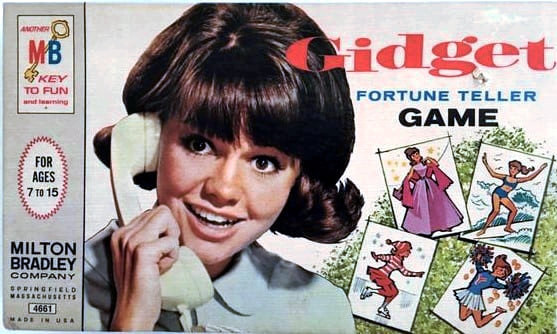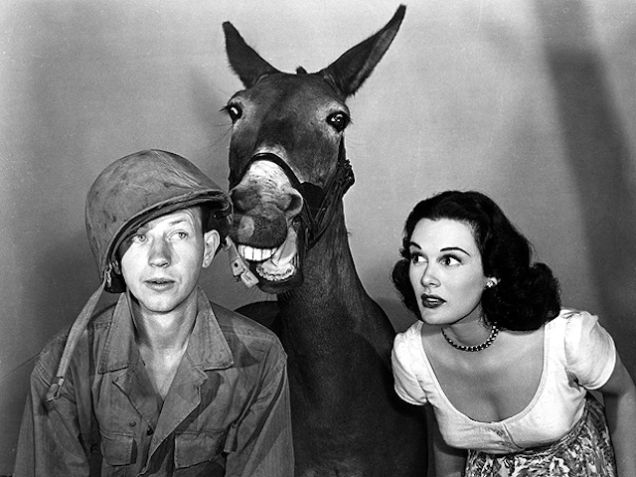 Every Baby Boomer remembers Mister Ed, the talking horse who caused trouble for his owner Wilbur Post. But Ed was actually a rip-off, a cheap TV imitation!
Every Baby Boomer remembers Mister Ed, the talking horse who caused trouble for his owner Wilbur Post. But Ed was actually a rip-off, a cheap TV imitation!
Before Ed ever opened his mouth there was Francis the Talking Mule!
Frances was created by U.S. Army Captain David Stern III. He was in charge of an Army newspaper during WWII. Bored by a lack of news one afternoon, Stern wrote four pages of fanciful dialogue between a U.S. solider and a stubborn Army mule. Intrigued, he expanded the idea into a series of short stories that were subsequently published by Esquire magazine. Stern wrote the stories in the first person and adopted as a pen name, Peter Stirling, the 2nd lieutenant who Francis befriended in the stories.
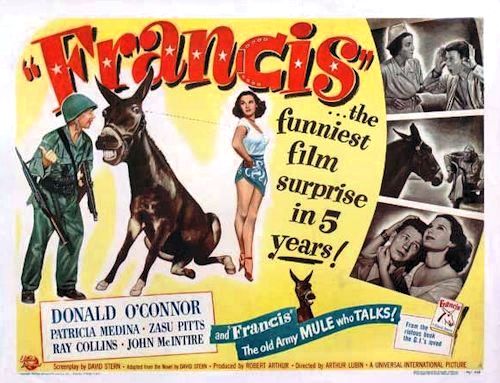 After the war, Stern adapted three of them into a Francis novel. Universal Pictures bought the film rights. In 1950, Francis (no, “the Talking Mule” was not a part of the title) debuted in movie theaters and became a solid money maker for the studio.
After the war, Stern adapted three of them into a Francis novel. Universal Pictures bought the film rights. In 1950, Francis (no, “the Talking Mule” was not a part of the title) debuted in movie theaters and became a solid money maker for the studio.
The first film set the formula for the series. Legendary song and dance man, Donald O’Connor played Peter Stirling. Veteran cowboy actor, Chill Wills (uncredited) provided Francis’ voice. Initially in each picture, Francis would only talk to Stirling. Stirling would take advice from Francis, complications would arise, hilarity would ensure, only to resolve itself when Francis would finally speak in front of others. Closing credits. Fade out. At the start of the next picture, the world would conveniently forget there was ever a talking mule and the cycle would repeat itself.
 The initial Frances film spawned 6 sequels:
The initial Frances film spawned 6 sequels:
- Francis Goes to the Races (1951)
- Francis Goes to West Point (1952)
- Francis Covers the Big Town (1953)
- Francis Joins the WACS (1954)
- Francis in the Navy (1955)
- Francis in the Haunted House (1956)
Stern actually wrote a sequel to his first Francis novel called Francis Goes to Washington, but for reasons long forgotten, that novel was never adapted into a movie.
O’Connor and Willis left the series after Francis in the Navy with Mickey Rooney and Paul Frees assuming their roles. Most agree that Francis and the Haunted House was the weakest of the series.
Francis was actually played by a female mule named Molly, who got the part because she was easy to train and had a very gentle personality.
 The Francis series was popular enough to spawn a bit of merchandise including a Dell comic book that ran for 17 issues.
The Francis series was popular enough to spawn a bit of merchandise including a Dell comic book that ran for 17 issues.
After the series ran out of gas in movie theaters, the director Arthur Lubin and trainer Les Hilton wanted to bring Francis to TV. When they found they couldn’t secure the rights, they discovered another series of books about a talking animal. Those rights Lubin was able to purchase. The character in those books was a talking horse named “Mister Ed.”
And the rest in television history!
All 7 Francis films are available on home video. While not on the level of, say, Abbott & Costello’s best, they are serviceable little comedies made in a time when talking out of an ass was not such a bad thing!
-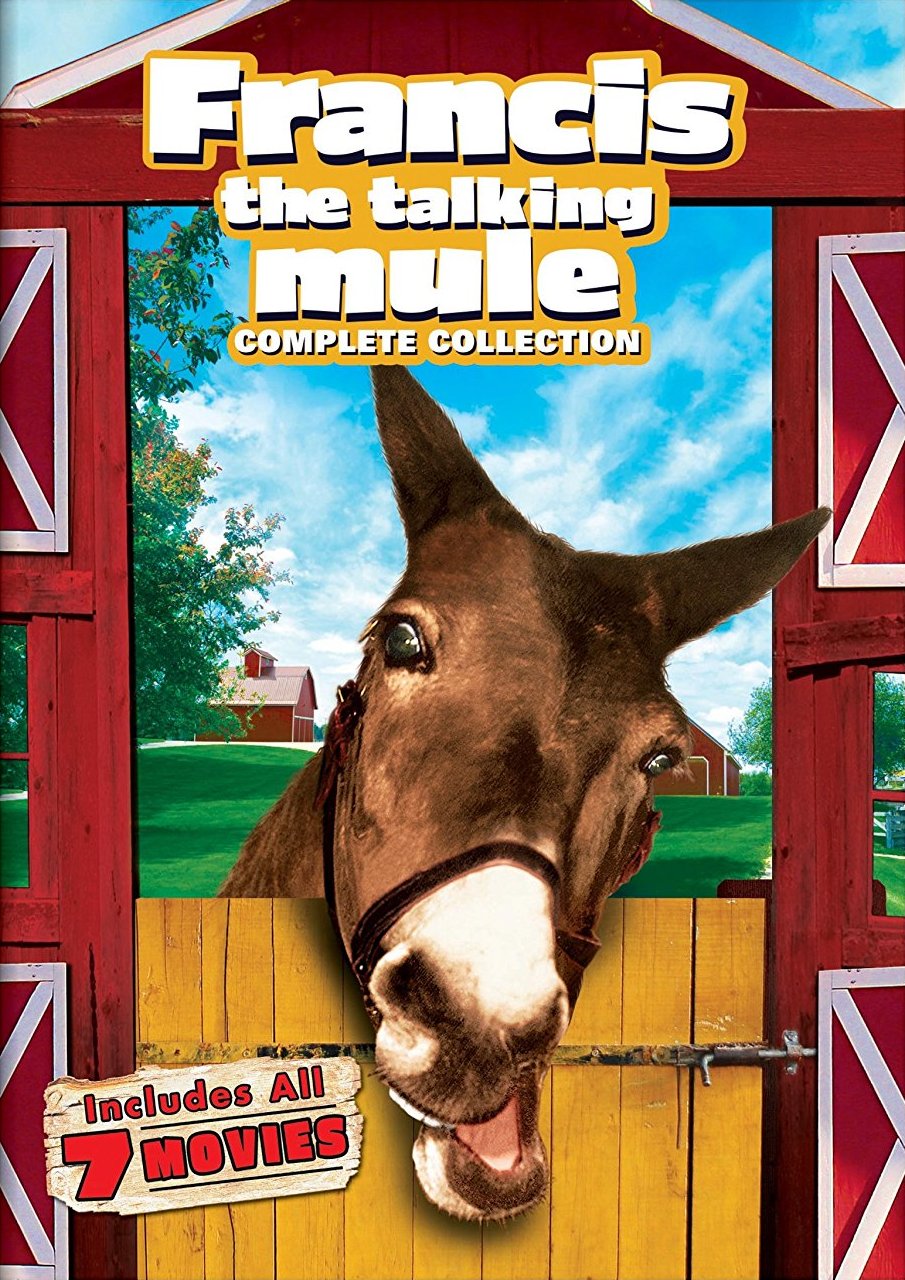
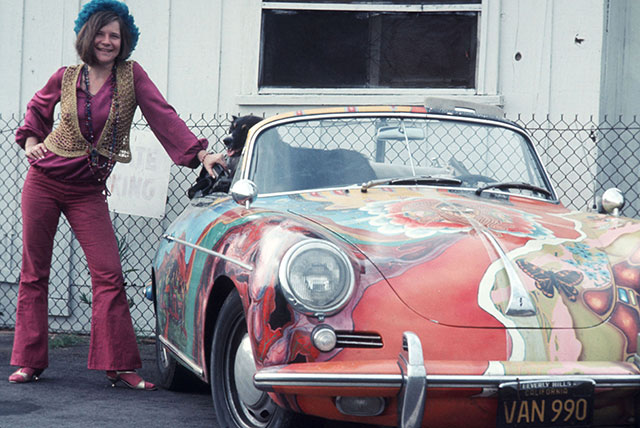 Of all the songs Janis Joplin recorded in her brief, but spectacular career, one of the best-known and most fondly remembered is “Mercedes Benz.”
Of all the songs Janis Joplin recorded in her brief, but spectacular career, one of the best-known and most fondly remembered is “Mercedes Benz.”
Few remember now that Janis was also interested in poetry and often attended poetry readings. Her tongue-in-cheek paean to consumerism began as a quick poetry jam between her and songwriter Bob Neuwirth in a bar in Port Chester, NY. They built their short poem around a line written by poet Mike McClure.
About an hour after the poem was completed, she performed it live during her show that night at the Capitol Theater in Port Chester, inventing an acapella melody on the spot.
It was promptly forgotten until she had finished recording her second solo album, “Pearl.” With the pressure of the major session work behind her, Joplin stepped to a microphone while the tapes were still rolling and announced she was about to sing “a song of great social and political import.”
She quickly ran through her little “Mercedes Benz” performance. One take. She also recorded a quick birthday message to John Lennon that included her rendition of Roy Rogers’ theme song, “Happy Trails.” Those would be the last two songs she ever recorded.
Only three days later, she would be dead of a drug overdose.
When Columbia released “Pearl” posthumously, producer Paul A. Rothchild decided to include “Mercedes Benz.”
The song quickly caught the fancy of FM deejays. Radio listeners also fell in love with the tune.
Today it has been covered by more than 30 other recording acts.
(And yes, we know the car in the photo is a Porsche! It belonged to Janis. She did not own a Mercedes-Benz.")
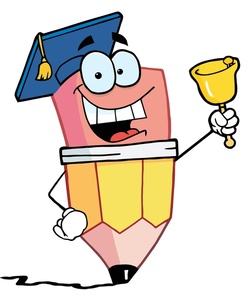 If you are one of the many who want to keep learning no matter how old we get, you should know that many state colleges and universities waive tuition on courses for residents who are age 60 or older.
If you are one of the many who want to keep learning no matter how old we get, you should know that many state colleges and universities waive tuition on courses for residents who are age 60 or older.
In addition there are many free courses available online at sites like:
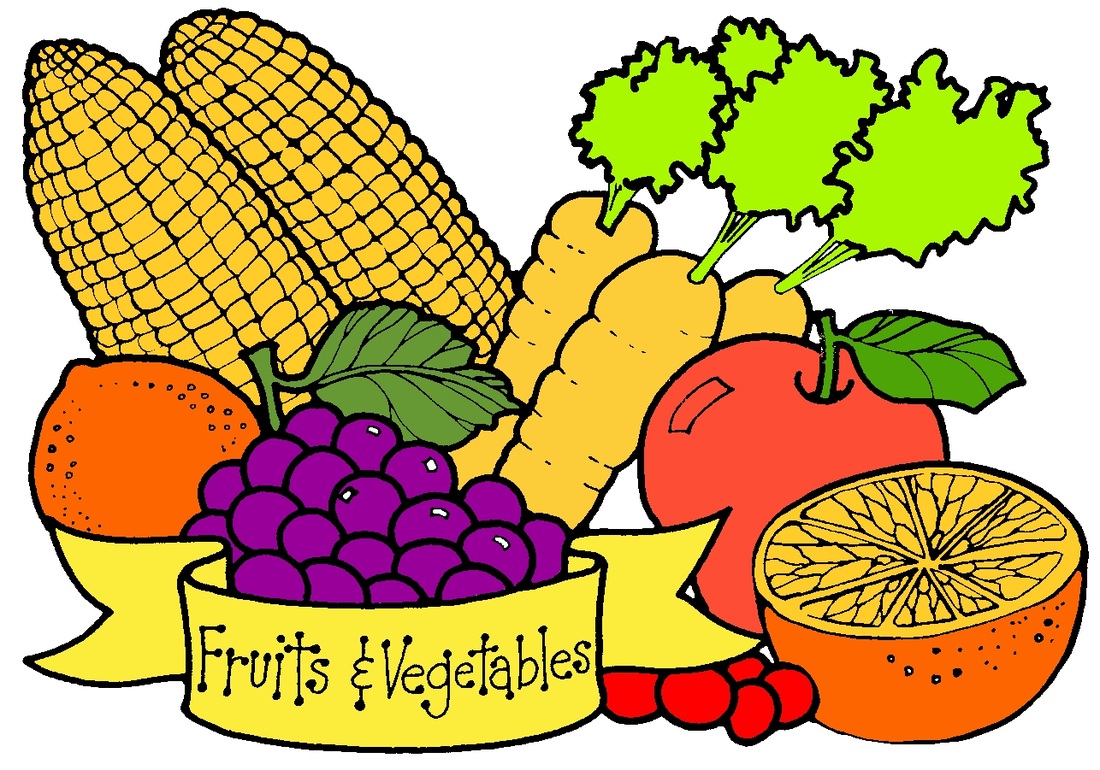 Eating healthy doesn’t have to mean spending more money for “organic’ or “natural” foods.
Eating healthy doesn’t have to mean spending more money for “organic’ or “natural” foods.
Foods that are natural and downright inexpensive include:
- Bananas
- Peanut Butter
- Green and Black Teas
- Cabbage
- Beans
- Lentils
- Carrots
- Oatmeal
- Salmon
- Sweet Potatoes
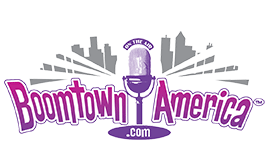
 1977: For better or worse, this is the day that the discotheque, Studio 54 opens in New York City. Owner Steve Rubell has an all-star guest list for the event, including Cher, Mick Jagger, Debbie Harry, Liza Minnelli, Halston, Margaux Hemingway, Mikhail Baryshnikov, Salvador Dali, Brooke Shields, and Robin Leach.
1977: For better or worse, this is the day that the discotheque, Studio 54 opens in New York City. Owner Steve Rubell has an all-star guest list for the event, including Cher, Mick Jagger, Debbie Harry, Liza Minnelli, Halston, Margaux Hemingway, Mikhail Baryshnikov, Salvador Dali, Brooke Shields, and Robin Leach.